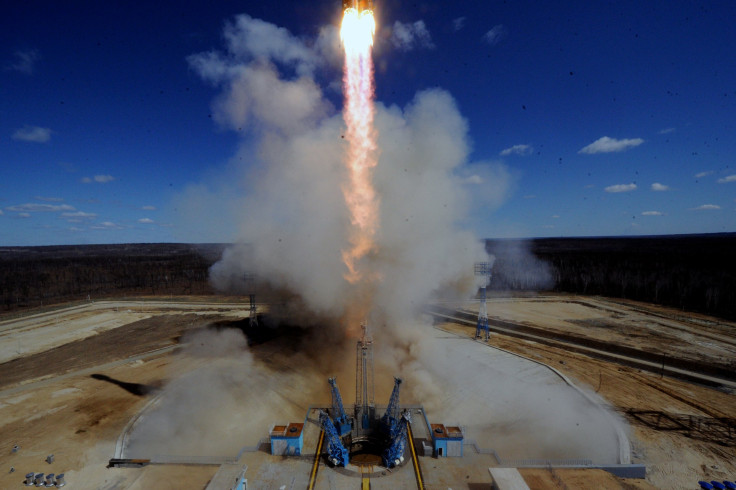Russia’s SamSat-218 Nanosatellite Fails To Establish Radio Contact

Russia’s nanosatellite, SamSat-218, put into orbit during the first launch from the newly built Vostochny cosmodrome, has failed to establish radio contact with the mission control, Tass news agency reported Wednesday citing a source in the rocket and space industry. The satellite is reportedly the first-ever nanosatellite designed by university students.
“No radio contact with the satellite has been available since the launch time, most probably, because it failed to switch on after orbiting,” the source told the Russian news agency.
A joint meeting of representatives involved in the creation of the spaceport has been called for Wednesday to discuss about additional attempts to establish radio contact with the satellite or recognize it as lost, the source said.
The SamSat-218, which weighs just over three pounds, was launched along with two other satellites — Aist-2D and Lomonosov — using an unmanned Soyuz-2.1a rocket.
The Vostochny cosmodrome conducted its first launch Thursday, a day after it was delayed following a technical problem. Putin had criticized Russia’s space agency Roscosmos and authorities after the initial launch was called off, saying “there should be an appropriate reaction.”
© Copyright IBTimes 2025. All rights reserved.






















